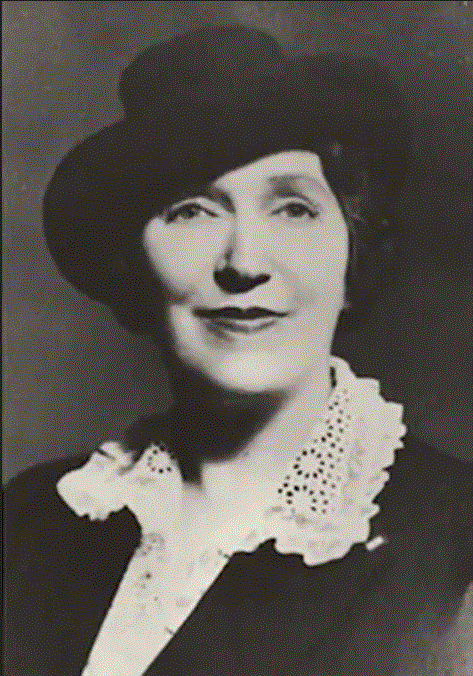Juneteenth (officially Juneteenth National Independence Day and historically known as Jubilee Day, Black Independence Day, and Emancipation is a federal holiday in the United States commemorating the emancipation of enslaved African Americans.
It is also often observed for celebrating African American culture. Originating in Galveston, Texas, it has been celebrated annually on June 19 in various parts of the United States since 1866.
The day was recognized as a federal holiday on June 17, 2021, when President Joe Biden signed the Juneteenth National Independence Day Act into law. Juneteenth's commemoration is on the anniversary date of the June 19, 1865, announcement of General Order No. 3 by Union Army general Gordon Granger, proclaiming and enforcing freedom of enslaved people in Texas, which was the last state of the Confederacy with institutional slavery. |
| Flag day is thought of in many ways. When the American Revolution broke out in 1775, the colonists weren’t fighting united under a single flag. Instead, most regiments participating in the war for independence against the British fought under their own flags.
In June of 1775, the Second Continental Congress met in Philadelphia to create the Continental Army—a unified colonial fighting force—with the hopes of more organized battle against its colonial oppressors. This led to the creation of what was, essentially, the first “American” flag, the Continental Colors.
For some, this flag, which was comprised of 13 red and white alternating stripes and a Union Jack in the corner, was too similar to that of the British. George Washington soon realized that flying a flag that was even remotely
close to the British flag was not a great confidence-builder for the revolutionary effort, so he turned his efforts towards creating a new symbol of freedom for the soon-to-be fledgling nation.
On June 14, 1777, the Second Continental Congress took a break from writing the Articles of Confederation and passed a resolution stating that “the flag of the United States be 13 stripes, alternate red and white,” and that “the union be 13 stars, white in a blue field, representing a new constellation.”
Over 100 years later, in 1916, President Woodrow Wilson marked the anniversary of that decree by officially establishing June 14 as Flag Day. As you celebrate the anniversary of the Stars and Stripes, here are some fast facts about “Old Glory.”
1. Bernard Cigrand, a small-town Wisconsin teacher, originated the idea for an annual flag day, to be celebrated across the country every June 14, in 1885. That year, he led his school in the first formal observance of the holiday. Cigrand, who later changed careers and practiced dentistry in Illinois, continued to promote his concept and advocate respect for the flag throughout his life.
2. It is widely believed that Betsy Ross, who assisted the Revolutionary War effort by repairing uniforms and sewing tents, made and helped design the first American flag. However, there is no historical evidence that she contributed to Old Glory’s creation. It was not until her grandson William Canby held an 1870 press conference to recount the story that the American public learned of her possible role. |
 |
Sonora Louise Smart was born in Jenny Lind, Sebastian County, Arkansas to William Jackson Smart (1842 - 1919) and his wife Ellen Victoria Cheek Smart (1851 - 1898). William Smart was a farmer who served as a sergeant in the United States Army 1st Arkansas Light Artillery during the Civil War.
In 1889 when Sonora was seven years old, the Smart family moved from Marion, Arkansas, to a farm west of Spokane, Washington.
When Sonora was 16, her mother died in childbirth with her sixth child. Sonora was the only daughter and shared with her father William in the raising of her younger brothers, including her new infant brother Marshall.
Sonora Smart married John Bruce Dodd (1870 - 1945), one of the original founders of Ball & Dodd Funeral Home, and had a son, John Bruce "Jack" Dodd, born in 1909. |
Sonora Louise Smart
Father's Day Founder |
|
Though a Father's Day service was held on July 5, 1908 in West Virginia to honor the fathers killed in the Monongah Mine Disaster, it is Sonora Smart Dodd who is credited as the founder of the official American national holiday.
Smart held her father in great esteem. While hearing a church sermon about the newly recognized Mother's Day at Central Methodist Episcopal Church, Sonora felt strongly that fatherhood needed recognition as well. She approached the Spokane Ministerial Alliance and suggested her own father's birthday, of June 5, as the day of honor for fathers. The Alliance chose the third Sunday in June instead.
The first Father's Day was celebrated June 19, 1910, in Spokane, Washington. |